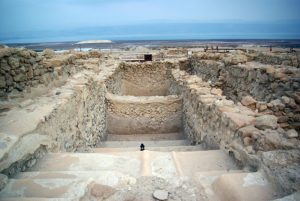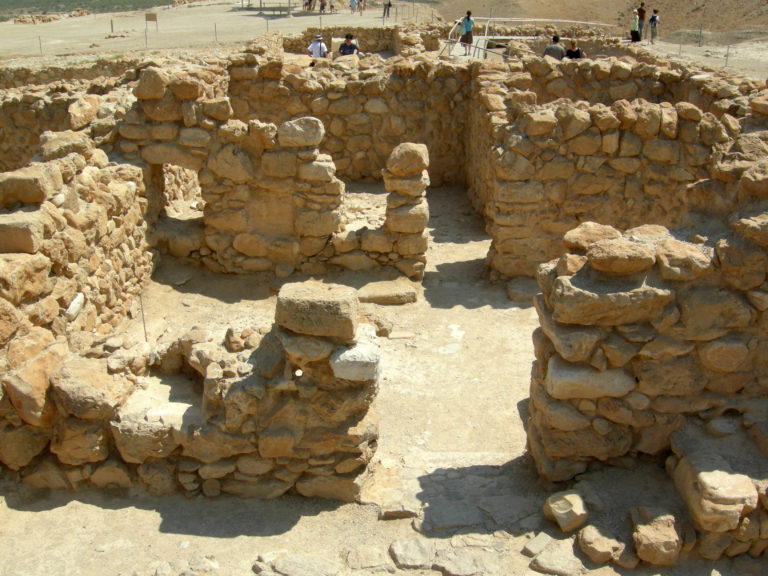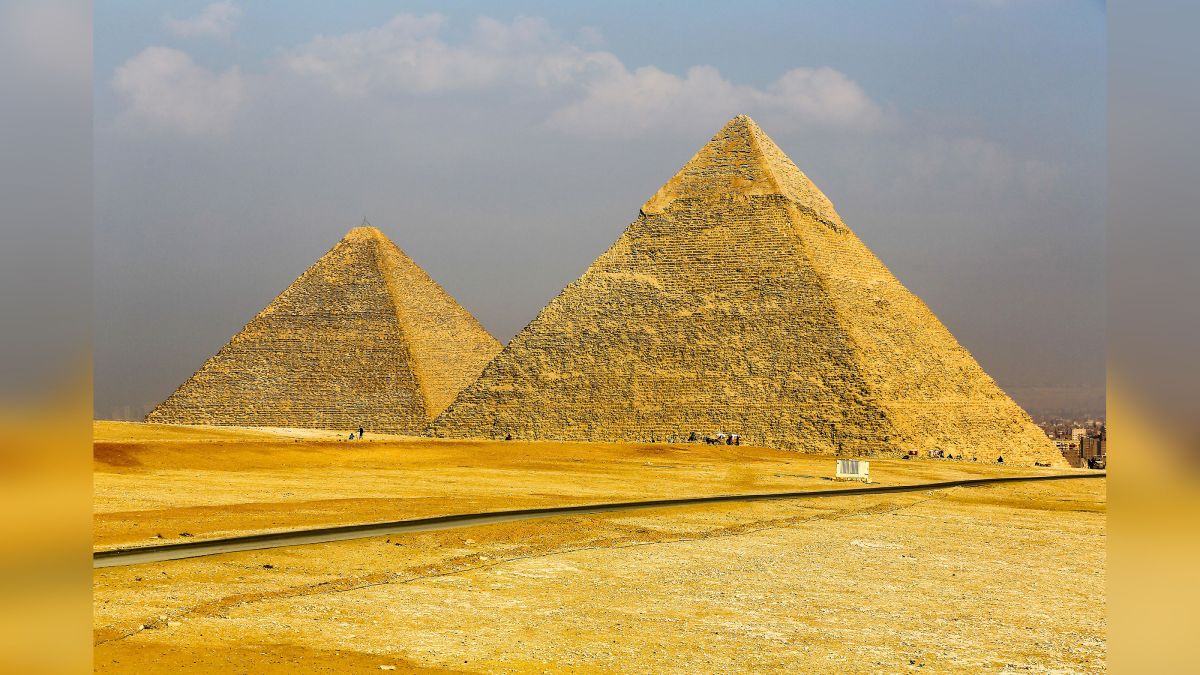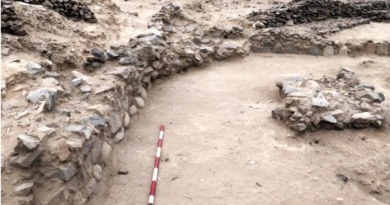Qumran’s True Purpose Discovered?
Scholar argues famed Dead Sea Scroll site was used for pilgrimage

The possibility that Qumran was associated with the Essenes is generally acknowledged by many (however not all) researchers. Notwithstanding, the idea that it worked fundamentally as a journey site (instead of an agrarian local area or rest station, as some have recommended) is an original understanding. One of the vital issues for prior speculations was that notwithstanding having some very much built public structures, Qumran has a critical absence of houses or staying spaces. In addition, a considerable lot of its public structures and elements, including feasting regions, ceremonial showers, and a broad court, were adequately huge to hold a great many individuals. However, the archaic exploration shows that a couple of dozen individuals might have lived forever at the site. This drove Vainstub to presume that Qumran was expected to get and have definitely a larger number of individuals than really lived there.
Vainstub’s contention bases on the huge court in the south part of the compound. This open region, which estimates almost a section of land in size, was associated with a storage space that contained a huge number of feasting and serving vessels. The square was additionally associated with a huge custom shower, one of the biggest found in the southern Levant, that might have served many people. Such huge constructions were a lot bigger than whatever would have been needed to meet the eating and immaculateness needs of a couple of dozen people who inhabited the site.
Vainstub likewise tracked down that the Dead Sea Scrolls themselves give some knowledge into how the site might have worked. The renowned records contain a few references to a yearly custom that harmonized with Shavuot (or the Feast of Weeks). In this custom, all individuals from the local area, both in Qumran and all through the land, were needed to meet up to reaffirm their agreement with God. Albeit the parchments don’t expressly specify the area of the custom, the scene would need to oblige a huge number of individuals, something which Vainstub contends the public constructions at Qumran were effectively ready to do. In addition, since this was a yearly custom that endured a couple of days, there would have been no requirement for broad living quarters, as the people who came would have had the option to camp in the outdoors or in little tents.




